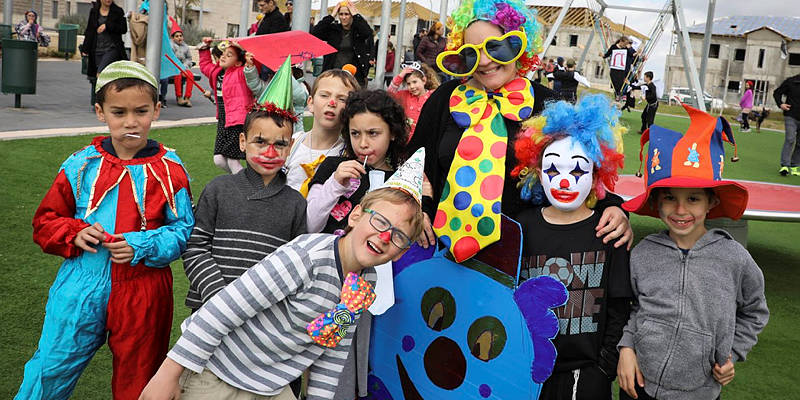It is because Purim commemorates the literal survival of the Jewish people to this very day that the sages wanted to make sure we celebrate accordingly.
By Rabbi Ari Enkin, Rabbinic Director, United with Israel
Drinking is a well-known feature of the Purim holiday. This is largely based on the Talmudic teaching that “one is obligated to drink on Purim until he reaches the point that he cannot tell the difference between cursing Haman and blessing Mordechai.”
Fortunately, for this writer, this statement of the Talmud is codified as law in the Code of Jewish law thereby truly requiring us to drink on Purim!
Nevertheless, there are a number of different interpretations as to the extent that one must drink on Purim. Drinking to the point that one “cannot tell the difference between cursing Haman and blessing Mordechai” seems to be a little extreme according to some.
As such, some rabbis rule that one should merely “drink more than one is used to” and “sleep a little [so that one cannot tell the difference between cursing Haman and blessing Mordechai]” and that we must make sure that our drinking is with “pure intentions” and not just to get sloshed. There are other interpretations and opinions as well
In any event, the question is asked: Why all the emphasis and discussion on getting drunk? Why is it not enough simply to have a party or a feast, complete with some wine and stuff. Why all the discussion and exacting details on exactly how many drops to consume?
It is explained that Haman did not merely want to kill the Jews. That wouldn’t have been enough for him. Like the Nazis who followed him, he wanted to eradicate every memory of the Jewish people. He wanted to make Jewish history a thing of the past and show that Jewish life was a failed pursuit. As the Megilla (the Book of Esther) states: “Haman wanted to destroy, kill, and annihilate all Jews, young and old, children and women, in one day, on the thirteenth day of the twelfth month, which is the month Adar, and to plunder their possessions.”
It is explained that the Megillah uses various different adjectives to describe Haman’s plan to destroy the Jews because each adjective represents a different aspect of his plan. “Destroy, kill, and annihilate” represent the many different aspects of the Jewish people that Haman wanted to destroy: Jewish life, Jewish contributions in the world, and Jewish property.
But, with God’s help and mercy, his plans were foiled. The Jews not only survived but were able to take revenge on their enemies. The Jewish people continued to flourish and be the light unto the nations that they were intended to be.
It is because Purim commemorates the literal survival of the Jewish people to this very day that the sages wanted to make sure that we celebrate accordingly. This is not merely a birthday party or even a Chanukah party. Rather, it is the celebration of Jewish continuity. As such, the rabbis fought among themselves as to exact amounts and measurements that Jews must celebrate (read: drink) in order to properly thank God for His mercy.
So whichever opinion you follow as to how much you should drink on Purim, remember that the Purim celebration is like no other. There is no other observance, feast, or mitzvah that has such exact measurements in order to ensure that we have properly celebrated as Purim, the holiday of survival, the holiday of continuity, the holiday of true celebration.

